Forming the northern half of the Dakotas region, the colourful state of North Dakota is a land rich in beauty, wildlife, natural resources, diverse cultures and a few rapidly expanding urban areas. It has a little bit of everything in one of the undiscovered parts of the United States. Inhabited by Native Americans for thousands of years and settled by European fur traders, North Dakota’s growth and economic success has always been tied to the state’s vast natural resources, which include oil, natural gas, gold and even honey.
More than just South Dakota’s northern sibling, the state affectionately known as the “Peace Garden State” has a series of unique attractions and landmarks, some of which are found nowhere else in the world. From the large influx of Scandinavians and Germans to North Dakota during the turn of the 20th century to the state’s five federally recognised native tribes, the Peace Garden State is sure to wow with its colourful landscapes, unique culinary delights, traditional cultures and wide open spaces. Here’s what North Dakota is famous for.
Contents
- What Is North Dakota Known For?
- Top Tours
- 1- Its Rugged Badlands
- 2- Theodore Roosevelt National Park
- 3- International Peace Garden
- 4- The Enchanted Highway
- 5- Native American Tribes
- 6- The Geographical Centre Of North America
- 7- Fargo
- 8- Scandinavian And German Roots
- 9- Oil
- 10- Honey
- 11- Bison
- 12- The Lewis and Clark Expedition
- 13- The Chateau de Mores
- 14- North Dakota Heritage Center
- 15- Its Unique Capitol Building
What Is North Dakota Known For?
Top Tours
- Fargo: App-Based Murder Mystery Detective Game – a fun way to explore this city.
- Half-Day Chasing Horses Wildlife Photography – a unique experience in North Dakota.
1- Its Rugged Badlands
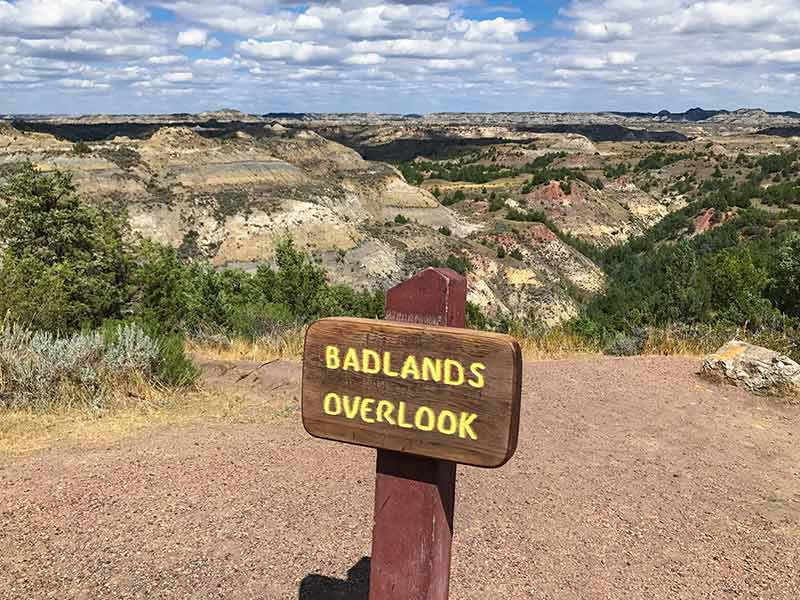
Straddling the western slopes of North Dakota is the state’s Badlands region, which is a unique set of landscapes renowned for their harsh conditions, desolate appearance and almost otherworldly geologic features.
Distinct from the more famous Badlands region of South Dakota, North Dakota’s Badlands are less dramatic, with more greenery and foliage dotting the captivating landscape.
Once roamed by prehistoric beasts, Native Americans and early European explorers, the Badlands today offers miles upon miles of hiking trails available to outdoor adventure seekers keen to explore on foot.
2- Theodore Roosevelt National Park
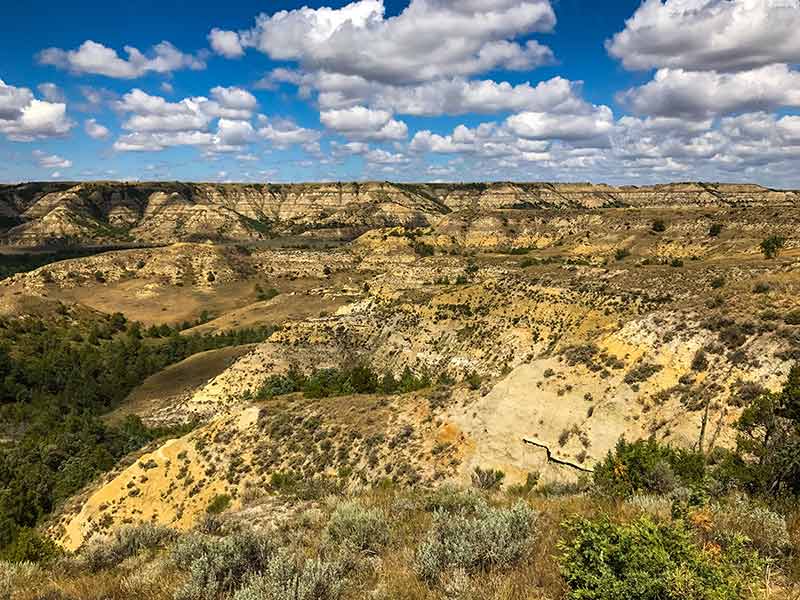
Sandwiched between the Great Plains to the east and the rugged Badlands to the west, the Theodore Roosevelt National Park is an impressive natural region in North Dakota, encompassing several attractions within its borders.
Home to large populations of bison, prairie dogs, elk, coyotes, eagles, hawks and falcons, the national park’s most popular feature is the Maltese Cross Cabin, built by Bill Merrifield and Sylvane Ferris.
It which housed Theodore Roosevelt during his visit to North Dakota before his presidential run.
Roosevelt also returned to North Dakota several times seeking peace and solitude, commissioning the construction of Elkhorn Ranch in the national park along the banks of the Missouri River, roughly 35 miles (56 km) outside Medora.
3- International Peace Garden
Straddling the national border between the United States and Canada, the International Peace Garden is a one-of-a-kind landmark in North Dakota which was established in 1932 as a symbol of the two North American countries’ peaceful diplomatic relationship.
The garden spills over into parts of southern Manitoba and allows for free movement between the two countries, with more than 100,000 people stopping by this nearly 2,400-acre (971 ha) outdoor space every year.
Adopted as the official nickname of North Dakota and added to the state’s vehicle registration plates, the International Peace Garden is synonymous with North Dakota.
There are dazzling flower displays and various other interesting attractions worth checking out within the International Peace Garden.
4- The Enchanted Highway
The 32-mile-long (51 km) Enchanted Highway between the town of Regent and the I-94 near Gladstone, is a unique attraction in the Midwest where road trippers and curious travellers can see a collection of some of the largest scrap metal sculptures in the world.
Constructed by sculptor Gary Greff and placed along sections of the relatively short stretch of highway, these scrap metal sculptures reach heights of up to 110 feet (34 m) with the biggest weighing more than 78 tons.
About a dozen statues can be seen along the Enchanted Highway, with many more set to be unveiled at a later date, making it one of the best free attractions to stop by in North Dakota and a cultural mainstay in the Peace Garden State.
5- Native American Tribes
Home to five federally recognised Native American tribes, North Dakota is a Midwest destination steeped in Native American culture and traditions, with tribes such as the Mandan, Hidatsa and Arikara Nation.
The Standing Rock Sioux Tribe and the Spirit Lake Nation are all within the borders of modern-day North Dakota.
About 31,000 Native Americans call North Dakota home, or about 5% of the state’s total population, making North Dakota among the top ten states with the largest percentage of Native American inhabitants in the nation.
One of the best ways to experience North Dakota’s native traditions is by attending the annual United Tribes International Powwow, which draws more than 1,500 drummers and dancers from over 70 Native American tribes across the United States and Canada to showcase their unique cultures.
You may also be interested in:
- What is Turkey known for?
- What is Portugal known for?
- What is Greece known for?
- What is France known for?
- What is Belgium known for?
- What is Switzerland known for?
- What is Poland known for?
- What is Australia known for?
- What is Mexico known for?
- What is Germany known for?
- What is Croatia known for?
- What is Hungary known for?
- What Is Romania known for?
- What is The Netherlands known for?
- What is Scotland known for?
- What is Canada known for?
- What is Japan known for?
- What is China known for?
- What is Singapore known for?
- What is Vietnam known for?
- What is Thailand known for?
- What is Cuba known for?
- What is Argentina known for?
- What is Colombia known for?
- What is Spain known for?
- What is Italy known for?
- What is Ireland known for?
- What is Oregon known for?
- What is Colorado known for?
- What is Tennessee known for?
- What is Hawaii known for?
- What is Alabama known for?
- What is Illinois known for?
- What is Mississippi known for?
- What is Nevada known for?
- What is Maine known for?
- What is Idaho known for?
- What is Delaware known for?
- What is Maryland known for?
- What is Wisconsin known for?
- What is Miami known for?
- What is Virginia known for?
- What is West Virginia known for?
- What is Massachusetts known for?
- What is Boston known for?
- What is Florida known for?
- What is Kentucky known for?
- What is Indiana known for?
- What is Montana known for?
- What is Nebraska known for?
- What is Pennsylvania known for?
- What is Vermont known for?
- What is Arizona known for?
- What is California known for?
- What is South Carolina known for?
- What is North Carolina known for?
- What is Texas known for?
- What is Michigan known for?
- What is Ohio known for?
- What is Louisiana known for?
- What is Oklahoma known for?
- What is New York known for?
- What is Georgia known for?
- What is Utah known for?
- What is Connecticut known for?
- What is Rhode Island known for?
- What is Iowa known for?
- What Is Minnesota known for?
- What is New Hampshire known for?
- What is Arkansas known for?
- What is New Jersey known for?
- What is Missouri known for?
- What is North Dakota known for?
- What is South Dakota known for?
- What is Wyoming known for?
- What is Alaska known for?
- What is Washington known for?
- What is Seattle known for?
- What is New Mexico known for?
- What is Kansas known for?
- What is San Francisco known for?
- What is Chicago known for?
- What is Denmark known for?
- What is Norway known for?
- What is Sweden known for?
6- The Geographical Centre Of North America
The town of Rugby in north-central North Dakota was placed on the proverbial map virtually overnight when in 1931 the US Geological Survey deemed a spot just outside town to be the geographic centre of the North American continent.
Locals were quick to erect a large 15-foot-tall (4.5 m) obelisk commemorating the town’s achievement along US Highway 2, greeting motorists with the town’s biggest claim to fame.
Despite numerous challengers to Rugby’s claim, the town and its stone obelisk remain an immensely popular roadside attraction in North Dakota and among the top spots to visit in this stunning state.
7- Fargo
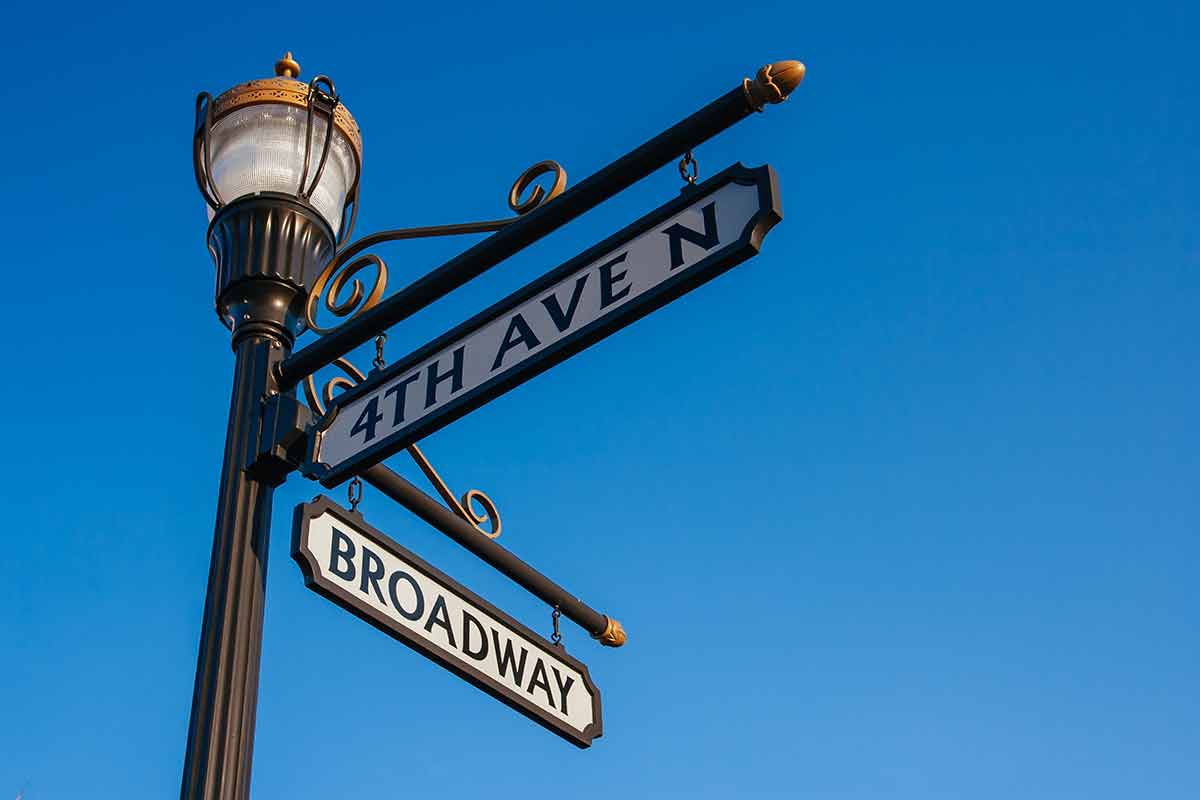
Fargo is the largest city in North Dakota population-wise and a powerful economic, cultural and entertainment hub in the Peace Garden State, with a wide array of attractions.
The city started as a steamboat stopping point along the Red River during the late 1800s and was officially settled in 1871 as “Centralia” before being formally renamed Fargo in honour of William George Fargo.
Fargo was the “Gateway to the West” during the late 19th century, as well as the Midwest’s “divorce capital” because of its high divorce rates aided by lenient divorce laws.
Few Midwest towns and cities able to compete with Fargo’s colourful tales.
North Dakota’s largest city is home to the Hjemkomst Center, the Red River Zoo, the campus of North Dakota State University and the Fargo Air Museum.
Following the Louisiana Purchase and the discovery of its riches, European immigrants flooded in their droves to modern-day North Dakota, especially Scandinavian arrivals, who between 1892 and 1905 accounted for nearly half of all immigrants in the state.
Large swaths of Swedes, Danes and Finns brought with them their unique cultures, traditions and customs that visitors can appreciate through North Dakota’s architectural marvels, culinary specialities and community get-togethers.
Scandinavians weren’t the only major European ethnic group who settled the prairies of North Dakota in large numbers, with more than 50% of the state’s residents claiming German roots.
These two European ethnic groups have left a lasting legacy.
9- Oil
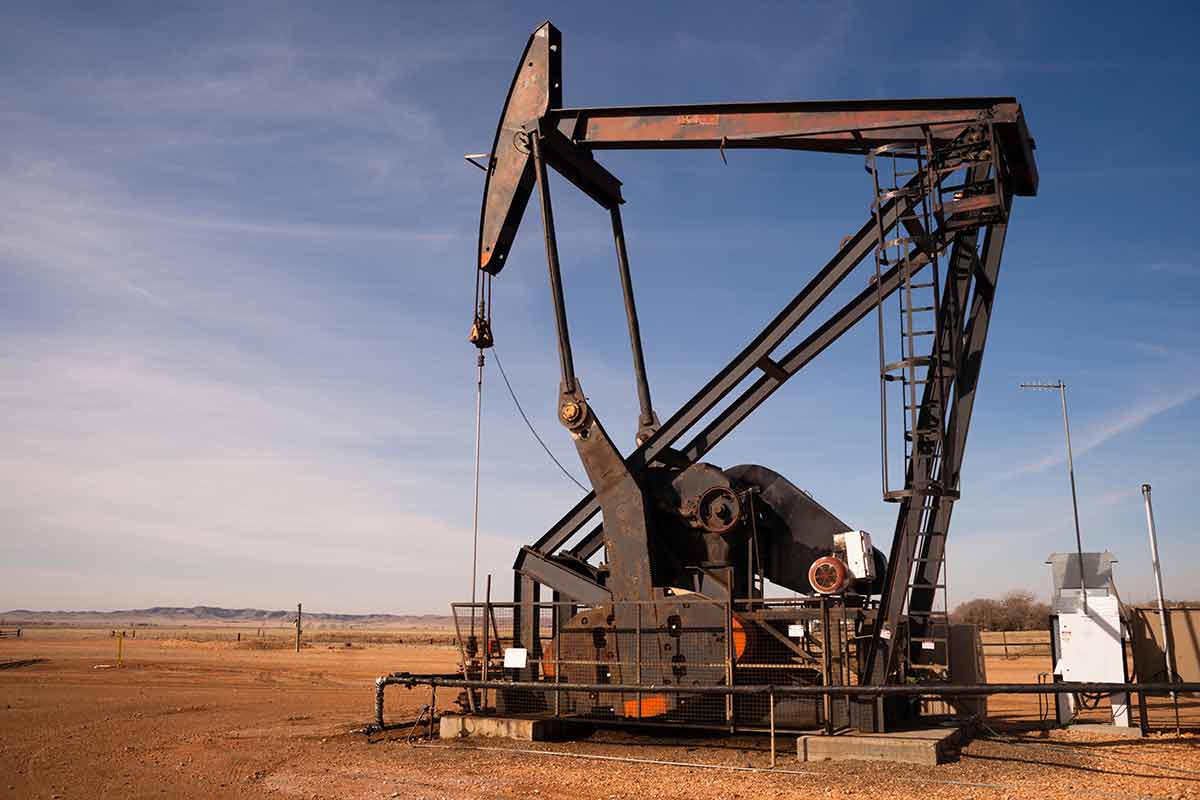
First discovered in North Dakota in 1951, oil didn’t take off in the Peace Garden State until the early 2000s, when the discovery of massive oil deposits at the Parshall Oil Field was discovered and drilled.
This was the start of a six-year-long oil rush that turned North Dakota into one of the top three largest oil producing states in the nation.
The newfound riches of the state’s oil-drilling economy fuelled the state’s growth, both culturally and economically, as the boom attracted thousands of new residents to North Dakota and reduced the state’s unemployment levels to the lowest in the nation.
So dramatic was the sudden influx of wealth into North Dakota that numerous films and documentaries have been produced about it, with oil arguably being the single most impactful discovery ever made in North Dakota.
10- Honey
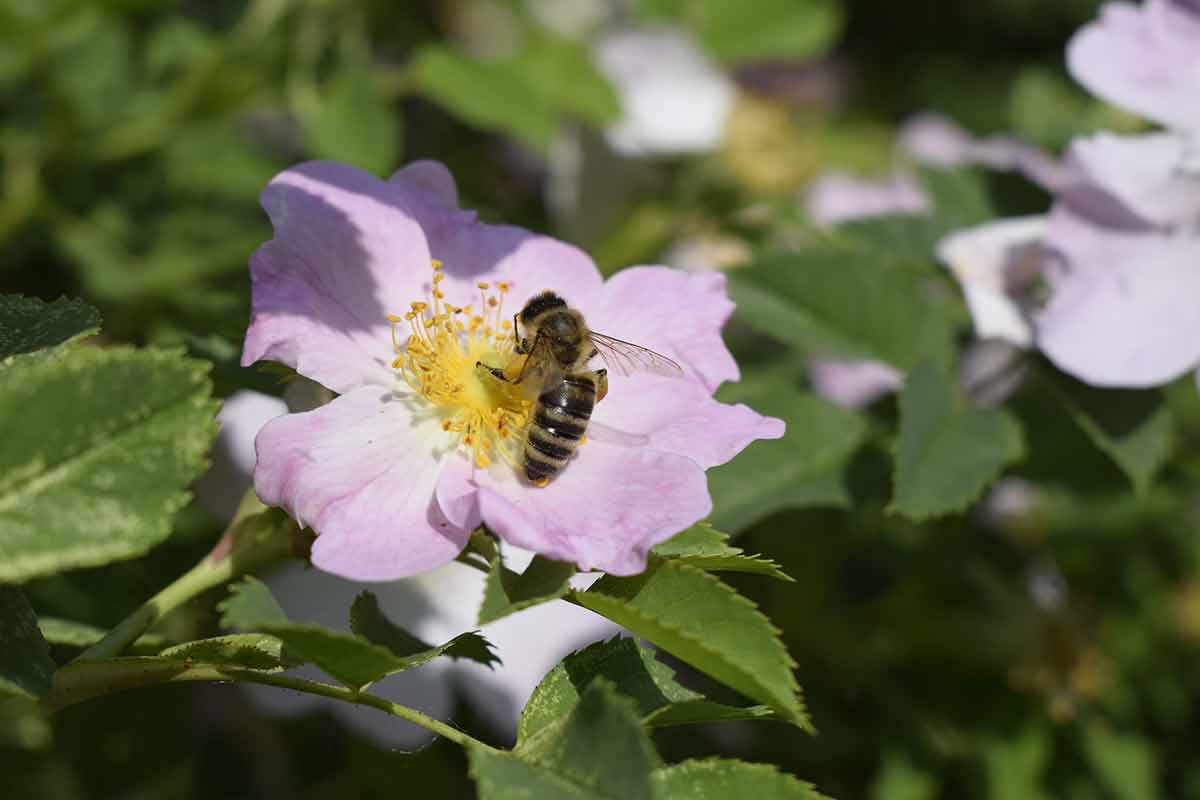
North Dakota is renowned for its vast gold and oil deposits, however, one of the state’s most lucrative exports is honey, with the state responsible for producing more honey than any other state in the nation.
North Dakota’s bee farms produce around 40 million pounds (18,144 tons) of honey annually and are actively supported by the Apiary Program, which manages the registering and licensing of beekeepers across the state’s beehives.
If you’ve tasted a batch of honey produced in the US, chances are it was sourced in North Dakota, making it one of the state’s biggest claims to fame.
11- Bison
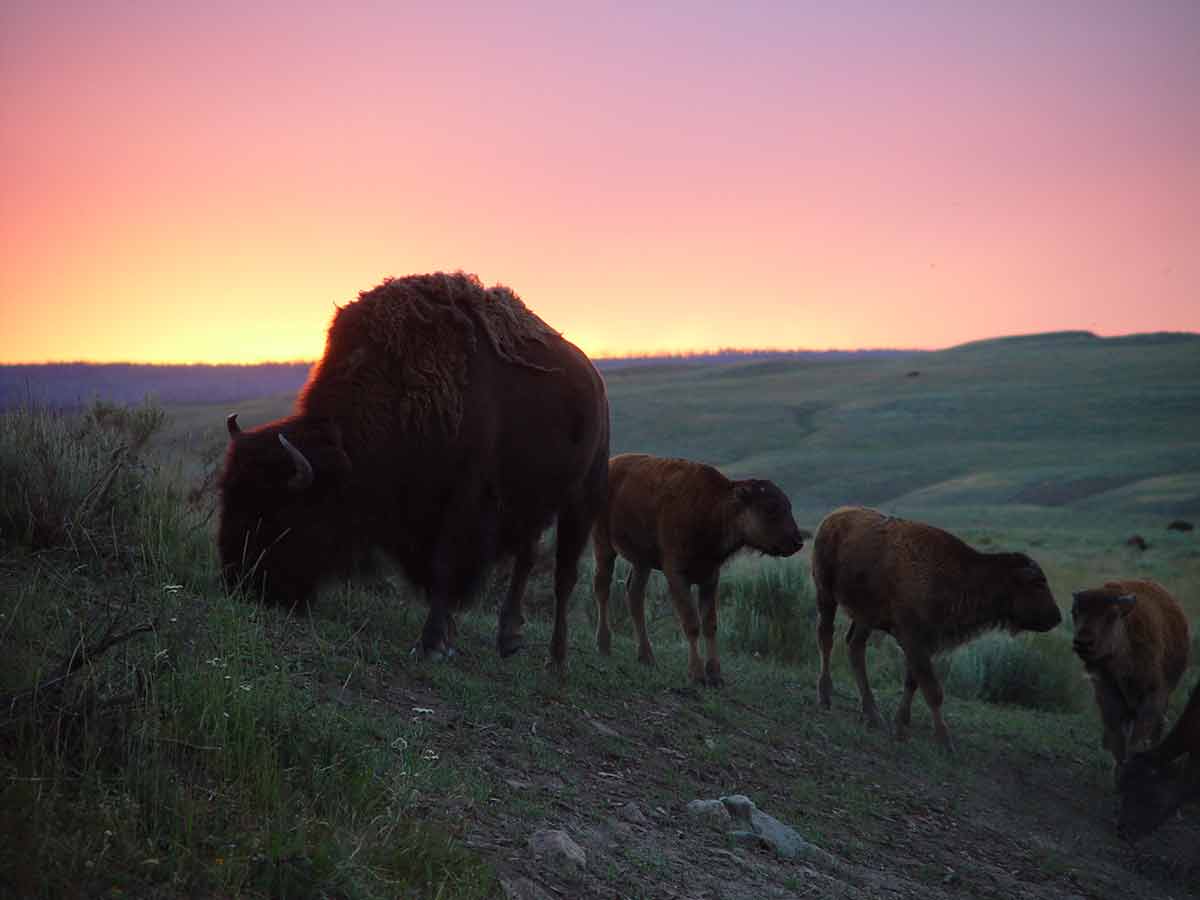
A symbolic and truly iconic feature of the Prairie and American West is the bison, a large and furry bovine also commonly referred to as a buffalo, which can be found roaming the open plains of the central United States and up north across the Canadian border.
North Dakota’s large and sparsely developed tracts of land serve as the perfect habitat for bison, which were saved from the brink of extinction due to widespread overhunting during the 18th and 19th centuries.
Today, bison numbers are once again stable and have returned to roaming the open plains of North Dakota, with visitors to the Peace Garden State bound to come across these majestic animals in popular outdoor tourist spots such as the Theodore Roosevelt National Park.
12- The Lewis and Clark Expedition
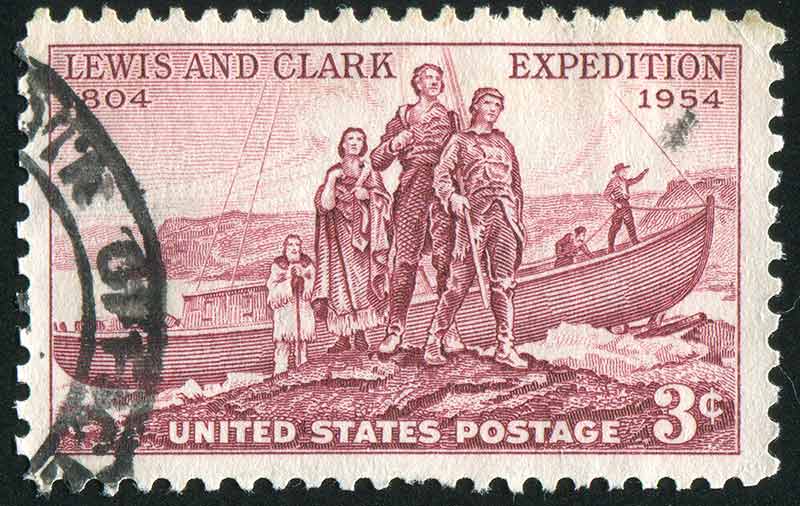
The Lewis and Clark Expedition was a defining moment in American history launched by then-President Thomas Jefferson to map the newly-acquired lands of the Louisiana Purchase, resulting in the large-scale settlement of all the territories west of the Missouri River.
Named after expedition leader Captain Meriwether Lewis and his Second Lieutenant William Clark, the expedition party where tasked with crossing the Continental Divide and reaching the Pacific Ocean on the West Coast, setting off from the shores of St. Louis, Missouri, in 1804.
The party passed through what is today North Dakota twice during their expedition, the first occurring during the first leg of the journey in 1804 and the second when the party returned in 1806, laying the cornerstone for what would become the greatest period of discovery and exploration in American history.
13- The Chateau de Mores
Completed by the Marquis de Mores in 1883, the Chateau de Mores was an exquisite summertime hunting retreat for the Marquis and his family during the three years they spent in North Dakota.
The Marquis and his family moved back to France in 1886 following a string of failed business ventures throughout the Dakotas, leaving the chateau in the hands of its caretakers to be run as a boarding house.
The grandiose 26-room, two-story wood-frame manor was sold to the state of North Dakota in 1936 and converted into a museum, which is open to the public showcasing the chateau in its heyday with period furnishings, historic artefacts and a permanent exhibit about the Marquis himself.
14- North Dakota Heritage Center
Situated in downtown Bismarck, the North Dakota Heritage Center & State Museum is the largest museum facility in the entire state, boasting an impressive lineup of permanent and rotating exhibits and displays for visitors to look at.
The centre officially opened its doors to the public in 1981 before undergoing a major expansion effort in 2014, which added an extra 127,000 square feet (11,798 m2) of exhibition space in time for North Dakota’s 125th anniversary of statehood.
Among the centre’s collection of artefacts and items on display is a rare example of a mummified Edmontosaurus, the State Archives, gemstones and more than 12,000 years of human history in North Dakota.
15- Its Unique Capitol Building
Bismarck is the official capital city of North Dakota and is home to the North Dakota State Capitol Building, a magnificent 21-story Art Deco-style structure which was built between 1932 and 1934 to house the Peace Garden State’s judicial and legislative branches of government.
The capitol building replaced the state’s original capitol after it burned down in 1930 and was designed by architects William F. Kurke and Joseph Bell DeRemer, with artist Edgar Miller entrusted with the interior and façade of the grand capitol.
Nicknamed the “Skyscraper on the Prairie”, the capitol is the tallest building in North Dakota and boasts a myriad of attractions that make it unique, including an observation deck, an arboretum hiking trail and two public parks adjacent to the capitol.
Also read:
Plan Your Trip

Rent A Car – Find the best car rental rates at Discover Cars. They compare car hire companies to provide you with the best deal right now.

Find A Hotel – If you’re curious about this article and are looking for somewhere to stay, take a look at these amazing hotels.





